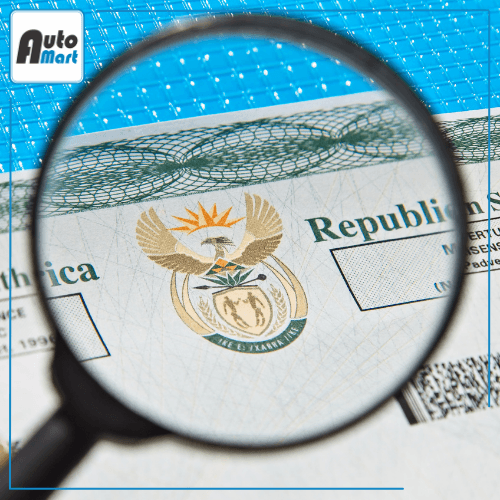Trading in your car can be a savvy way to upgrade to a newer vehicle while getting the most value for your current one. For car owners looking to embark on this journey, it's essential to understand what it means to trade in your car, the potential pitfalls to avoid, and the strategies to ensure you secure the best deal. In this guide, we'll walk you through the entire process, offering tips and solutions specific to the market, so you can confidently navigate the process and make informed decisions. Want to sell your car to a dealership and get a new one? Fill out the car trade-in form on Auto Mart today to connect with the right dealer.
 Photo by Vectorjuice on Freepik
Photo by Vectorjuice on Freepik
What Does It Mean to Trade Your Car?
Trading in your car involves selling your current vehicle to a dealership while simultaneously purchasing a new one from them. Rather than dealing with private buyers, this option provides a convenient way to transition to a new car without going through the hassle of selling your old one independently. However, the key to maximising your returns lies in being well-prepared and informed about the process.
Common Mistakes and Challenges:
1. Neglecting Research: Failing to research the market value of your car can lead to undervaluing it during negotiations.
2. Poor Vehicle Condition: A poorly maintained car may fetch a lower trade-in offer. Addressing minor repairs beforehand can make a difference.
3. Ignoring Multiple Dealerships: Getting quotes from multiple dealerships can help you identify the best trade-in deal available.
4. Focusing Only on the Trade-in Value: Don't overlook other aspects of the deal, such as the new car's price, financing terms, and potential add-ons.
5. Emotional Attachments: Avoid letting sentimental value cloud your judgment, as it may lead to accepting less than the car's worth.
The process generally involves the following steps:
- Vehicle Evaluation: Visit dealerships to have your car assessed. They will inspect its condition, mileage, and history to determine its trade-in value.
- Get Trade-in Offers: Obtain trade-in offers from multiple dealerships to compare and find the best deal.
- Negotiate: Use your research and offers to negotiate a fair price for your trade-in.
- Choose Your New Car: Once a satisfactory trade-in deal is reached, proceed with purchasing your new vehicle from the dealership.
- Finalise the Deal: Complete the paperwork, pay any additional costs, and drive away in your new car.
 Photo by Creativeart on Freepik
Photo by Creativeart on Freepik
Tips to Maximise Your Returns:
Pre-sale Inspection:
Have your car professionally inspected to identify and address any mechanical or cosmetic issues before trading it in.
Gather Documentation:
Gather all essential documents, such as service records and ownership papers, to establish your car's value.
Timing Matters:
Choose the right time to trade in your car; certain seasons and market trends can affect trade-in offers.
Negotiation Skills:
Be confident and assertive during negotiations to secure the best trade-in value.
Overall, when it comes to trading in your car, being well-informed and prepared can significantly impact the outcome. By avoiding common mistakes, researching the market, and skillfully negotiating, you can secure the best value for your trade-in. Remember, the process involves more than just the trade-in value; consider the overall deal and make decisions that align with your needs and preferences. With these valuable tips and insights, you're now equipped to confidently navigate the trading process and drive away with the most money for your old car while embracing the excitement of your new vehicle. Want to trade in your old car for a new one? Sell it to a dealership. To get in touch with the appropriate dealer, fill out the Auto Mart trade-in form straight away.






